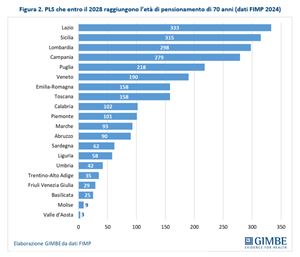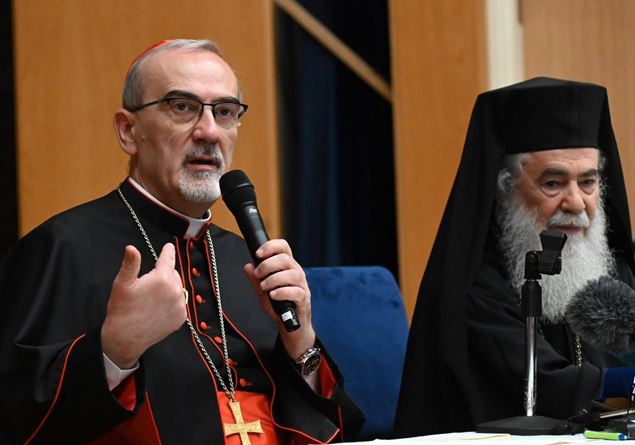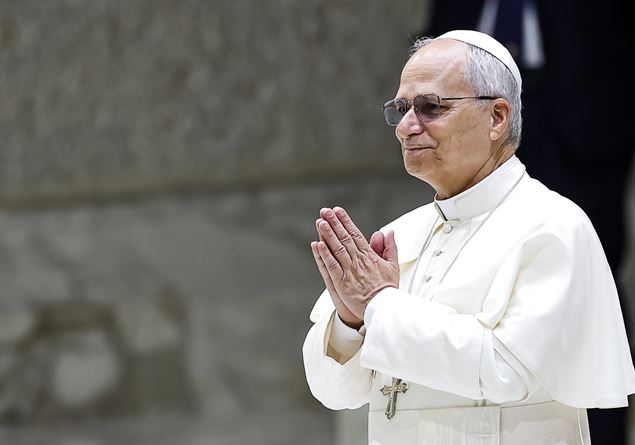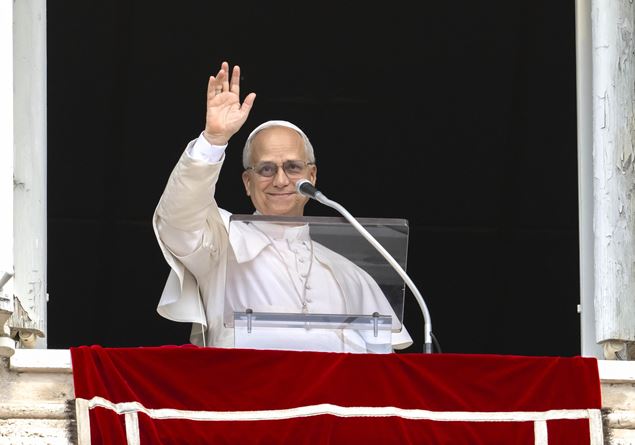Alarmed messages chase each other in the parents’ chats: “Anyone know a pediatrician available?”, “I called everyone, but there is no place”. It is a scene that repeats itself from north to south, with worrying peaks in the big cities and in the provinces of northern Italy. It is not just an impression or a complaint of anxious parents: the data of the Gimbe Foundation photograph a now critical reality. The appeal is missing over 500 free choice pediatricians, the heart of health care for children and teenagers up to 13 years. A deficiency that adds to the progressive aging of the category and to a generational change that struggles to take off.
The data are clear: as of January 1, 2024, in Italy at least 502 free choice pediatricians are missing, fundamental figures for assistance to children and young people up to 13 years of age. In percentage terms, it is about one out of ten pediatricians less than the estimated needs. The consequences can be seen every day: saturated studies, families forced to turn to basic doctors who do not have specific pediatric training, and children who risk remaining without a health reference point in the first and delicate years of life.
The problem, however, is not distributed homogeneously along the peninsula. According to the investigation Gimbe, Northern Italy is the most affected area. Lombardy, Piedmont and Veneto, alone, concentrate over 75% of the shortcomings. In these regions, in some cases, each pediatrician follows more than a thousand small patients, a load far beyond the maximum limit established by national contracts, which today stops at 850 clients for pediatrician. The phenomenon is particularly serious in the frontier provinces and in the internal areas, where the distances between the studies are made kilometers and the alternatives practically do not exist.
But how did this situation come? A first response lies in the drop in births, which on the one hand gradually reduces the total number of children, on the other hand risks feeding an illusion: the one that serve less pediatricians. In fact, Gimbe’s experts explain, The calculation of the needs must take into account not only newborns, but of the whole child population up to 13 years, which in Italy remains numerous. According to the latest estimates, as of January 1 of this year, in our country there are almost 2 and a half million children under six and over 4 million between six and thirteen years.
In the face of these numbers, the current contingent of family pediatricians is not enough. AND The picture is destined to worsen. The reason? The average age of pediatricians is always higher. Between 2023 and 2026, almost 1,800 professionals will reach 70 years, the limit for retirement. In other words, in the next two years we could lose almost a quarter of the pediatricians currently in service, without there being a certainty on the generational change.

The system, in fact, has been suffering for some lack of planning for some time. Precise plans are missing to form an adequate number of pediatric specialists who choose the path of the free profession with the National Health Service. Too many young doctors, after specialization, opt for hospital work or for alternative paths, leaving assistance on the territory unguarded.
To complicate the framework there are current regulations. Registration for the free choice pediatrician is mandatory up to six years, while from six to thirteen it is optional. After the age of fourteen, we automatically move on to the general practitioner. However, explains Gimbe, many families choose to keep the pediatrician even over six years old, especially in the presence of fragility or chronic pathologies. This, in fact, increases the workload on already operational pediatricians, helping to inflate the waiting lists and to saturate their studies.
Another critical node concerns the system of the so -called “deficient areas”, that is, the areas in which the ASLs can ban new positions to cover the needs of pediatric assistance. However, this mechanism is based on A criterion considered now obsolete: the lack is calculated considering only children between zero and six years of age, with a relationship of a pediatrician every 600 children. Consequently, the real needs are underestimated, especially in those regions where many families choose to extend the relationship with the pediatrician well beyond the sixth birthday.
Still, not all regions live the same emergency. In some areas of the Center-South, such as Umbria, Puglia, Sicily or Marche, the data are more reassuring. Here the relationship between assisted and pediatricians is still below the critical threshold, and the deficiencies, at least for the moment, are contained. But it is a fragile balance, destined to break if you do not intervene in time.

The experts of the Gimbe Foundation launch the alarm: without a structural reform, the risk is to see the territorial inequalities exacerbate, with families who in the coming years could be found without a pediatric reference, especially in the more peripheral or mountain areas. Among the proposals on the table there is an adjustment of the ceilings, gradually bringing them up to 1,000 clients for pediatrician, and a revision of the criteria to identify the deficient areas, including the entire age group up to thirteen years. But alone, this measure is not enough.
For Gimbe you need a wider intervention, which also look at the organization of services in the area. The national recovery and resilience plan, with community houses and proximity services, can represent an opportunity to strengthen pediatric assistance by integrating it into a more modern and efficient system. As long as, however, DInvesting adequately in the training of young doctors, providing sufficient scholarships and paths that encourage entry into territorial medicine.
The alternative, the experts warn, is a future in which pediatricians will be less and less, increasingly elderly and overwhelmed with work, with a system that risks collapsing on one of the most delicate fronts: children’s health.











